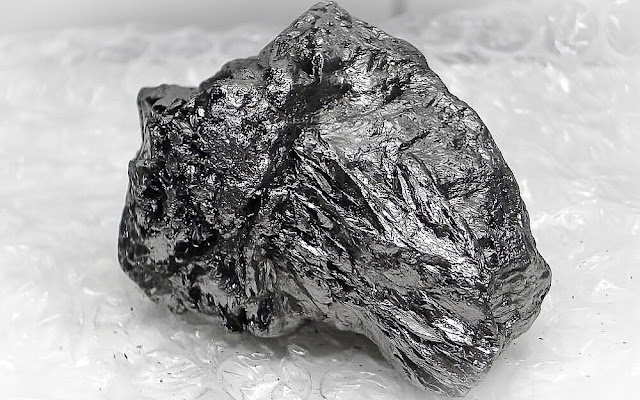The Role of Graphite in Nuclear Power Generation: Ensuring Safety and Efficiency
Graphite plays a vital role in nuclear power generation, contributing to both the safety and efficiency of nuclear reactors. Its unique properties make it an essential material in the construction and operation of nuclear reactors worldwide.
One of the key applications of
graphite in nuclear power generation is its use as a moderator. Moderators slow
down fast neutrons, allowing them to maintain the sustained nuclear fission
reactions necessary for power generation. Graphite's ability to effectively
slow down neutrons while maintaining its structural integrity makes it an ideal
choice for this critical role.
Graphite
thermal properties also contribute to the safety and efficiency of nuclear
reactors. It has high thermal conductivity, which helps to dissipate heat
generated by nuclear fuel. This assists in maintaining optimal operating
temperatures and prevents overheating, ensuring the safe and efficient
operation of the reactor.
Moreover, graphite's chemical
stability and resistance to radiation damage make it suitable for use in the
core of nuclear reactors. It can withstand the harsh environments of a nuclear
reactor, including high temperatures and intense radiation. These qualities
make graphite a reliable material for the construction of fuel channels,
control rods, and other reactor components.
Graphite's versatility extends
beyond its role as a moderator and structural material. It is also used in the
production of nuclear fuel. Specifically, graphite
is used to manufacture fuel elements, which encase nuclear fuel pellets. The
fuel elements provide structural support and help to facilitate the safe and
efficient operation of nuclear fuel assemblies.
In recent years, advancements in
graphite research and development have further improved the safety and
efficiency of nuclear power generation. Researchers have focused on
understanding graphite behavior under extreme conditions, such as high
temperatures and radiation exposure, to enhance the design and performance of
graphite components in nuclear reactors.
Furthermore, ongoing studies are
exploring the use of advanced graphitic materials, such as carbon-carbon
composites, for even greater efficiency and safety in nuclear power plants.
These materials offer improved thermal conductivity, increased structural
strength, and enhanced resistance to radiation damage.
Overall, graphite's unique
properties and versatility make it an indispensable material in nuclear power
generation. Its use as a moderator, structural material, and fuel element
contributes to the safe and efficient operation of nuclear reactors. As the
demand for clean and sustainable energy continues to rise, graphite will
continue to play a vital role in supporting the growth and advancement of
nuclear power as a reliable source of low-carbon electricity.




Comments
Post a Comment